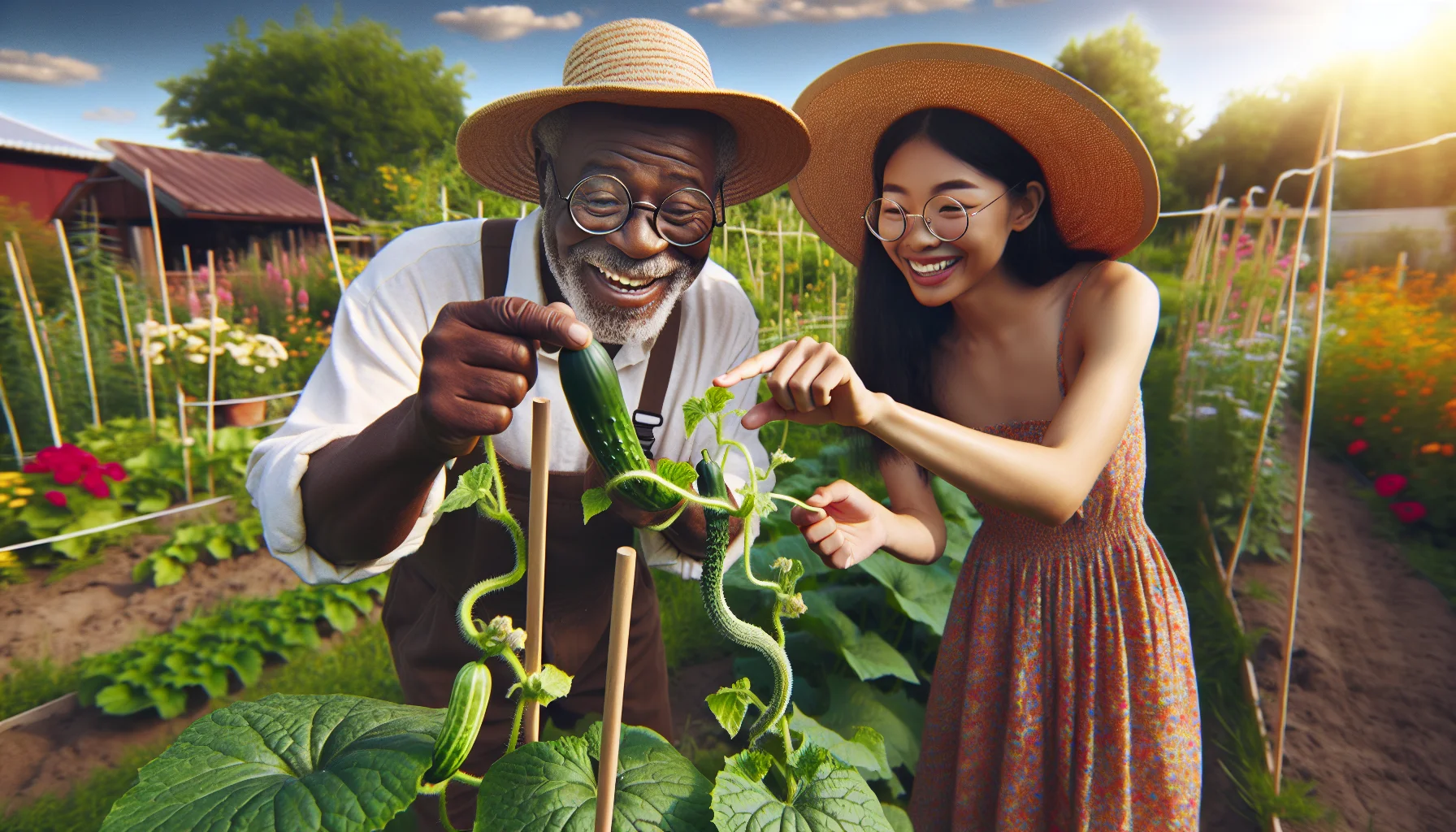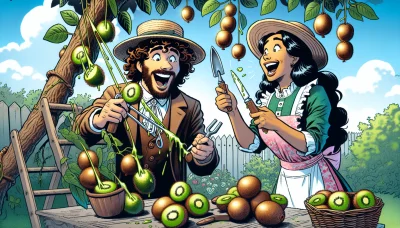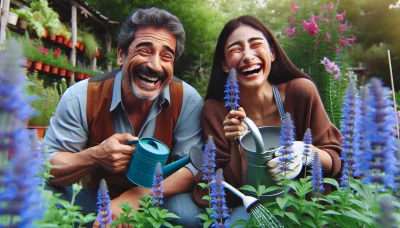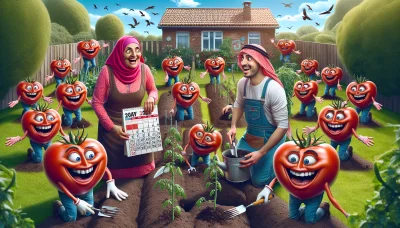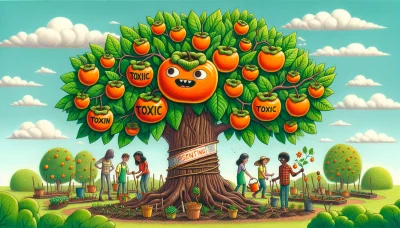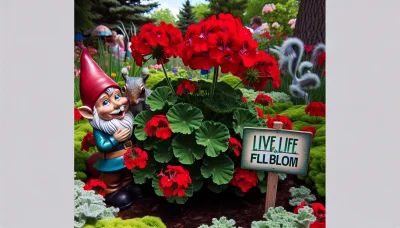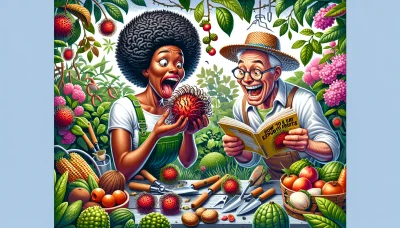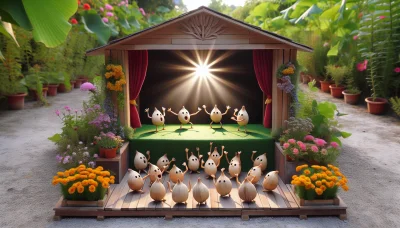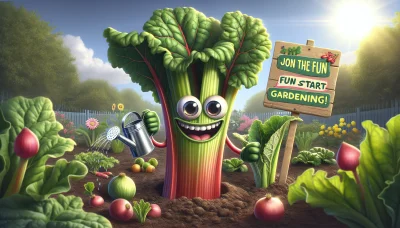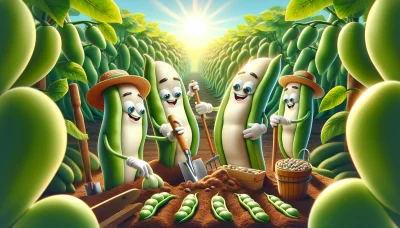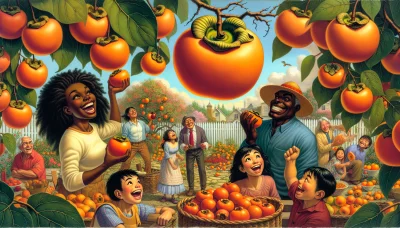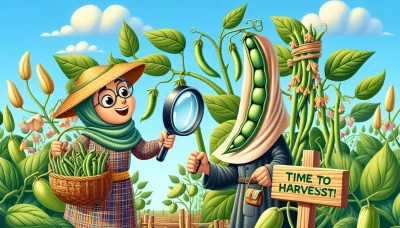How to stake cucumbers Quiz
Test Your Knowledge
Question of
How to Stake Cucumbers: A Beginner's Guide
Staking cucumbers is a crucial step in gardening that can significantly impact the health and yield of your cucumber plants. By providing support, staking helps in preventing diseases that commonly occur due to vines lying on the ground, where they are more susceptible to pests and moisture-related issues. Furthermore, staking cucumbers enhances air circulation around the plants, reducing the risk of fungal infections. It also makes harvesting easier and helps in maximizing garden space, allowing gardeners to grow more vegetables in a smaller area. Understanding the importance of staking cucumbers is the first step towards achieving a bountiful harvest.
Benefits of Staking Cucumbers
- Improved Air Circulation
- Healthier Plants
- Increased Yield
Materials Needed for Staking Cucumbers
- Stakes (wooden or metal)
- Soft ties or garden twine
- Gardening gloves
- Hammer or mallet (for wooden stakes)
- Pruning shears
- Watering can or hose
- Compost or fertilizer
Step-by-Step Guide to Staking Cucumbers
- Choose a suitable variety of cucumber for staking. Compact or vine types are ideal.
- Prepare the soil by incorporating plenty of organic matter and ensuring it is well-drained.
- Install stakes or a trellis before planting to avoid damaging the roots later. The structure should be at least 6 feet tall.
- Plant cucumber seeds or seedlings near the base of your stakes or trellis, following the spacing recommendations on the seed packet.
- Water the plants regularly, keeping the soil consistently moist but not waterlogged.
- As the cucumber plants grow, gently guide them onto the trellis or stakes. You may need to tie them loosely with garden twine to support them.
- Prune any unnecessary shoots or leaves to encourage vertical growth and improve air circulation around the plants.
- Monitor for pests and diseases regularly, taking action as needed to protect your cucumbers.
- Harvest cucumbers when they are of suitable size and before they start to yellow, to encourage further production.
- Continue to provide support for growing cucumbers and adjust ties as needed without damaging the stems.
Common Mistakes to Avoid When Staking Cucumbers
Staking cucumbers is a common practice among gardeners to save space and promote healthier plants, but it's easy to make mistakes if you're not careful. One typical error is using stakes or supports that are too weak or short, which can't support the weight of the plant as it grows. Always choose sturdy, tall stakes that can accommodate the full growth of your cucumber plants. Another mistake is tying the plants too tightly to the stakes, which can damage the stems or restrict growth. Use soft ties and allow some slack for the plants to grow. Additionally, many gardeners forget to place the stakes early enough, leading to damage while trying to support the plants. It's best to install stakes at planting time to avoid disturbing the roots later. By avoiding these common errors, you can ensure your staked cucumbers thrive and produce an abundant harvest.
Caring for Staked Cucumbers
Once your cucumbers are staked, proper care is essential to ensure a healthy and productive crop. Begin by providing consistent watering, aiming to keep the soil moist but not waterlogged. It's best to water your cucumbers early in the morning, which helps reduce evaporation and prevents fungal diseases. Pruning is another important aspect of care. Remove any dead or yellowing leaves to improve air circulation and light penetration, which can help prevent disease. Additionally, pruning helps direct the plant's energy towards producing fruit rather than excess foliage. For pest control, regularly inspect your plants for common cucumber pests such as cucumber beetles and aphids. Implementing natural deterrents, such as neem oil or insecticidal soap, can be effective while keeping your garden chemical-free. Remember, a little attention goes a long way in keeping your staked cucumbers healthy and productive.
FAQs on Staking Cucumbers
| Question | Answer |
|---|---|
| Why should I stake cucumbers? | Staking cucumbers helps in maximizing garden space, improving air circulation around the plants, and reducing the risk of diseases. It also makes harvesting easier and can lead to cleaner and straighter cucumbers. |
| What materials do I need for staking cucumbers? | You will need stakes (wooden or metal), a trellis or a cage, and ties or clips to secure the vines to the support structure. |
| How tall should the stakes be? | The stakes should be at least 6 feet tall to accommodate the growth of cucumber vines, with 1-2 feet inserted into the ground for stability. |
| How do I tie the cucumbers to the stakes? | Use soft ties or clips to gently secure the cucumber vines to the stakes. Avoid tying them too tightly to prevent damage to the stems. |
| Can I use a trellis instead of individual stakes? | Yes, a trellis is an excellent option for staking cucumbers. It provides ample support for the vines and allows them to spread out evenly. |
| When should I start staking cucumbers? | It's best to install your stakes or trellis at planting time to avoid damaging the roots later on. However, you can start staking cucumbers when they are about 6-8 inches tall. |
| Do all cucumber varieties need staking? | While not all cucumbers require staking, vining varieties benefit the most from it. Bush varieties can grow well without staking but may still benefit from light support. |
